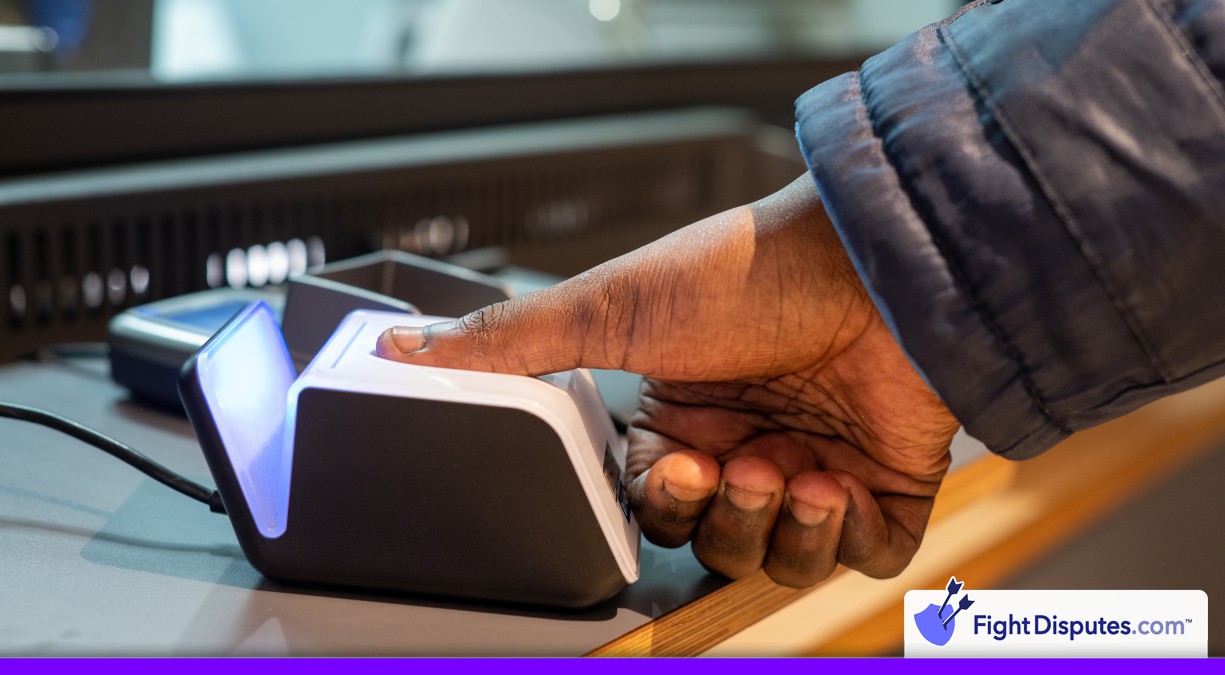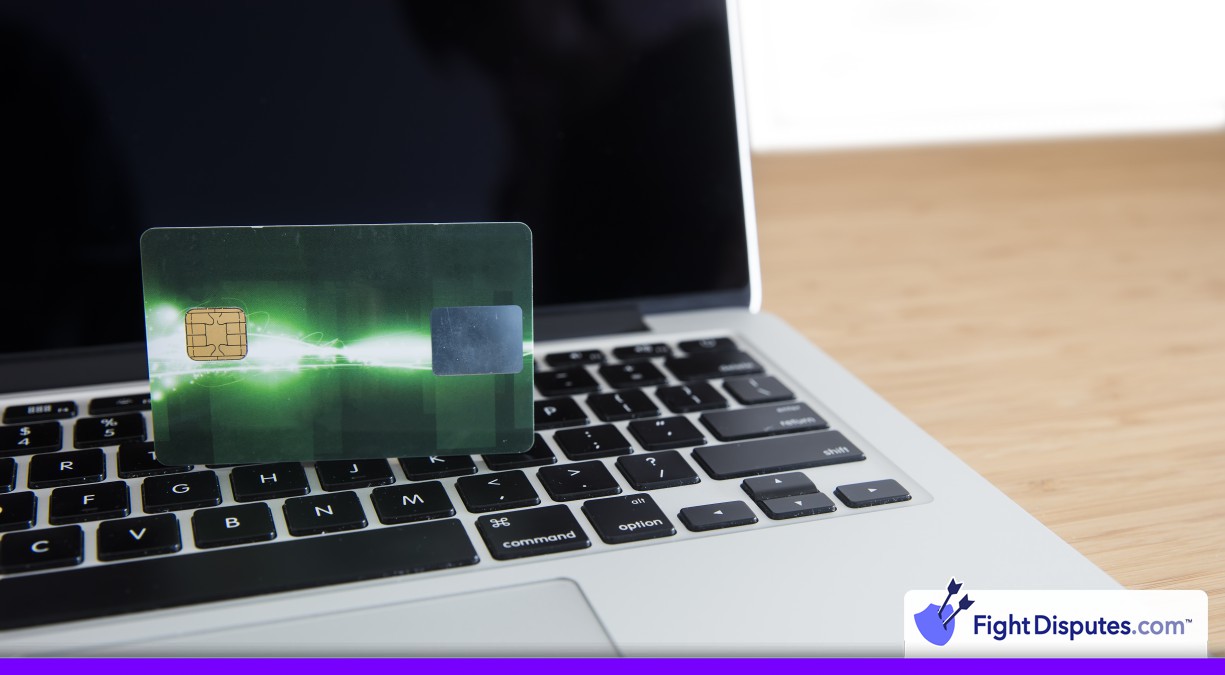What is the TAS (Token Authentication Service)?
Mastercard’s Token Authentication Service uses biometric verification with tokenized payments. This lets customers finally ditch passwords and one-time codes for easy fingerprint or face scans stored right on their own devices. What makes TAS especially interesting to merchants is that it delivers instant fraud liability protection without the checkout problems that make customers leave their carts.
The underlying technology runs on Mastercard’s FIDO2-compliant platform and one of the smartest design options that they made was to make sure that the actual card numbers never get exposed to merchants during transactions. Instead of sharing sensitive payment data, TAS only transmits cryptographic tokens that get verified through each customer’s biometric authentication – this dual-layer security setup stops unauthorized tra nsactions before they can happen and still keeps the checkout flow smooth across every device and merchant platform.
Results from the recent European rollouts are pretty great – nearly half of all Mastercard e-commerce transactions now use this tokenization technology. Merchants are seeing large drops in chargebacks within their very first billing cycle after they implement it. TAS has changed how businesses manage payment security because it makes strong authentication mandatory yet effortless for their customers.
How It Works
The Token Authentication Service makes payment security quite easy and it starts working even before customers reach your checkout page. Shoppers set up payment passkeys on their devices just once and they link them directly to their Mastercard account. After that one-time setup, it works at every website that accepts the card.
The checkout process gets much smoother after that setup. When a customer wants to buy something from your store, they click the pay button and their phone or laptop asks them to verify with a fingerprint or face scan. The passkey then makes a fresh electronic signature just for that single transaction. Instead of sending actual card numbers across the internet (which is risky), the system sends tokenized data – which is scrambled information that would be useless if hackers managed to grab it.
Your customers’ biometric data stays locked on their own device the entire time. The system only sends confirmation messages that verify the person is actually who they claim to be and help keep everyone’s privacy safe as you still get the security benefits.
The setup part is where this tool works pretty well for business owners. The Token Authentication Service connects through Mastercard’s MDES tokenization platform and it plugs right into what you already have without forcing you to rebuild your payment systems from scratch. You won’t need to hire developers or buy new equipment because most of the work happens behind the scenes.
Your customers get a much faster checkout experience because they can skip typing card numbers completely. They just verify with their face or fingerprint and the payment goes through. You get the same security that banks use but without the common complications.
How it Affects Chargeback Prevention
The connection between TAS and chargeback reduction makes perfect sense. Once customers verify their purchases with either their fingerprint or face scan they basically can’t turn around later and claim they never made that transaction – this authentication process gets rid of one of the biggest chargeback issues that merchants face every day.
The tokenization part deals with a different issue altogether. Your actual card number doesn’t bounce around the internet anymore because each store gets its own one-of-a-kind token instead. Even hackers who manage to steal these tokens from one place can’t use them anywhere else. That cuts off fraud before it even starts.
What makes this even better for merchants is Mastercard’s Fraud Liability Protection program. Following their TAS authentication rules moves the liability for chargebacks away from your business altogether. Follow their rules and you’re covered.
The approval rate improvements show us something else important about why authentication works so well for merchants. Banks are more comfortable with authenticated transactions than they are with everyday payment processing and this confidence shows up right in better approval rates across the board. In practice, they’ll approve more legitimate purchases and turn away fewer shoppers who want to buy something. False declines are tough for any business because they push away customers who have money ready to spend and actually want to buy.
These benefits create solid financial wins for your business. Cut down on chargebacks and you’ll pay far less in those dispute fees and penalty charges that can pile up fast over time. Your payment processor will start to see you as a much safer bet and may give you better terms and rates. Your merchant account stays healthy and you don’t have to worry about them suddenly freezing your funds or shutting you down without warning. The effect on your profits can be dramatic.
Example Scenarios
An online electronics store that specializes in selling high-end laptops and smartphones to tech enthusiasts obviously shows us how this technology works in the actual world. For a few months in a row, they were hit with chargeback problems whenever hackers managed to break into customer accounts and place orders for expensive $2,000 laptops that could then be flipped for pretty quick cash. The store owners finally decided to roll out TAS technology and what that means for their customers is that any order over $500 now asks them to prove who they are with either their fingerprint or a face scan. When hackers try to use those same stolen account credentials they get stopped right away. It’s impossible for them to fake the actual customer’s biometric data and any fraudulent transaction gets stopped before it can even go through. Within just 3 months of making this change, the store watched as their monthly chargeback losses dropped from $45,000 down to only $3,000.
Another strong example has a subscription box service that ships monthly beauty products to their customers. For months they were fighting disputes where customers would claim they never actually authorized that recurring $39 monthly charge – and it was hard for the company to prove otherwise and they ended up losing most of the chargeback cases. Once they integrated TAS authentication into their subscription signup process, every new customer has to verify their identity with either facial recognition or fingerprint scanning before they can start their subscription. When a customer tries to dispute a charge 6 months later, the company now has biometric proof that they personally authorized the subscription. Their success rate in dispute cases surged from just 20% to 85%.
Online goods sellers have their own problem with friendly fraud cases. A gaming platform that sells downloadable content was seeing their customers buy $60 game expansion packs and then claim their credit card had been stolen. Once they added TAS biometric verification to their checkout process, those false claims disappeared and made it pretty hard for customers to argue that they didn’t authorize an order when their own fingerprint was needed to finish the transaction.
Requirements and Timeframes
The best part about adding TAS to your checkout process is that you won’t need certification directly from Mastercard. Most merchants just go through their existing payment processor or gateway. That makes the whole process much easier.
Your checkout system is going to need to meet a few technical requirements. The system needs to support FIDO2 standards and connect with Mastercard’s tokenization services. If your payment processor already has TAS in its dashboard, you’re ready to go without any extra development work.
How long it takes for everything to get set up can depend on your existing setup. Some merchants can use plug-and-play services and get them working within just a few days. Others who have more custom checkout systems might need a few weeks to connect the pieces so they fit together. Either way, you’re not looking at a months-long project that will drain your resources and drive your developers crazy.
One of the most common questions merchants ask me is about the cost structure. You won’t pay any extra per-transaction fees on top of what you already pay for standard payments. The main financial benefit comes from fewer chargebacks. That makes it pretty easy to figure out if TAS makes sense for your business.
Your customers only need to set up their passkey once and the whole process takes less than 1 minute from start to finish. After the setup, every transaction they make can be faster and safer than traditional payment methods. Just remember that to get the full Fraud Liability Protection benefits you might need to meet transaction thresholds or compliance standards that Mastercard has in place.
Frequently Asked Questions
How does TAS compare to traditional 3D Secure authentication?
They're extremely similar. Instead of forcing customers through those redirects and password challenges, TAS relies on biometric verification. A quick fingerprint scan or face recognition check takes care of everything and the friction just disappears.
What makes it work is that merchants don't lose any of the chargeback protection they had with traditional 3D Secure. The liability protections are virtually the same. The difference is that the conversion rates actually start going up instead of dropping every time that a customer needs to authenticate their purchase.
TAS also works across every type of device out there. Customers don't have a hard time remembering some password from 6 months ago. They don't need their phone to be sitting right next to them for a verification code.
TAS fixes the exact frustration that I see merchants face with 3D Secure. They wanted fraud protection and yet they couldn't stand to watch their sales numbers drop because customers kept getting frustrated with the authentication process. Now they have all of the advantages in their favor and the security remains just as strong. But the customer experience ends up noticeably better than what they had before any authentication was ever involved.
What happens if a customer's device doesn't support biometrics?
That's not a problem. Not everyone walks around with the latest smartphone that has fingerprint readers or face scanners that are built right in - that's why TAS has a few backup authentication options for customers. If your device doesn't have the high-end biometric features, you can still finish your purchase with a basic device PIN or an unlock pattern. The security level remains just as strong because the authentication work happens directly on your device instead of sending the data back and forth over the network.
Even the older devices can work just fine with this system through FIDO2 compatibility. This lets passkeys work on a whole number of devices. That 3-year-old budget phone in your pocket probably supports the technology just fine.
This flexibility matters quite a bit for businesses as well. Nobody wants to lose out on a possible sale just because a customer can't get through the authentication process. The system automatically adjusts to work with whatever capabilities each device has while it still keeps the fraud protection locked down.
Business owners can adjust how their payment security works based on what their business needs. A $5 coffee order obviously doesn't need the same level of security as when a person is buying a $500 laptop online. Businesses can set up different requirements for different order amounts and different types of customers. Maybe the regular customer who shops with you every week breezes right through checkout while a first-time customer has to go through a few extra steps just to prove who they are.
The whole point behind this setup is to create just the right balance between strong security and genuine convenience. Nobody wants fraudulent transactions to slip through. But legitimate purchases shouldn't be any harder than they need to be. TAS gives merchants the tools that they require to find that middle ground for their own situation and customer base.
Do merchants need special certification to create TAS?
No. What merchants love about TAS is how easy the whole process is to set up. There's no need to go through the long certification processes with Mastercard and merchants don't have to wrestle with tough technical requirements on their own.
Payment service providers and gateways have already handled most of the heavy lifting. They've integrated with Mastercard's Token Authentication Framework, so merchants can turn the feature on through whatever processor they already use - it makes sense because single merchants shouldn't have to manage the technical and compliance pieces themselves.
To roll out TAS, merchants just update their checkout flow so it can support passkey authentication. Plenty of e-commerce places include this as a standard feature now and there's a chance that existing systems are already able to take care of it. The whole job is far more manageable than it was even a few years back.
Once everything is set up, merchants automatically start getting stronger fraud protection. There's no need to go through extra audits or to get new certifications past what's already in place with the latest payment processor. Existing payment processing agreements cover the new functionality.
What makes it so desirable is that it removes most of the barriers that smaller businesses used to run into when they wanted access to strong security features. Small merchants get the same strong tools that big firms use without having to worry about the tough setup or non-stop maintenance that normally comes with those systems. The platform just runs in the background and gives shoppers a much smoother and faster checkout without them even realizing the security work that happens behind the scenes.
How quickly do the fraud liability protection benefits take effect?
Immediately. The fraud protection that comes with TAS begins working right away - and it's one of the best parts about it. Other fraud prevention tools usually have a waiting period or need time before they work the way they should. But TAS gives you immediate coverage. Process a transaction through TAS and it gets authenticated, the liability moves automatically - that's why a lot of businesses choose this system in the first place.
For merchants, it's a pretty easy benefit. When a fraudulent chargeback shows up on a transaction that went through TAS authentication, the card issuer takes responsibility for it. You don't have to fight the chargeback or absorb the financial hit yourself. The liability just moves away from your business without you doing anything extra.
This works differently from those machine learning fraud systems that need months of data collection to learn spending patterns and get better at catching fraud. TAS runs on a more basic idea instead. Once your transaction clears TAS authentication, you're covered. No tough algorithms that need training time or detection thresholds that need constant adjustments.
Most merchants see their chargeback rates drop in the very first billing cycle after they roll out TAS and it makes sense given how fraud actually works. Fraudsters usually go after merchants with weaker authentication systems because they know that their stolen card information is more likely to slip through undetected.
Double-check the exact terms with your payment processor before you get started. Some processors need you to run a set number of transactions each month before the full liability protection kicks in. Others may ask you to set up TAS through their preferred way in order to unlock full coverage. Each processor manages these partnerships a little differently so it's worth having that talk early.
What types of businesses benefit most from TAS implementation?
TAS works differently for every business and the biggest factor is how much uncertainty your company deals with each day. The businesses that get the best results with TAS are usually the ones with the most at stake - firms selling high-priced products, businesses built on recurring subscriptions or merchants serving shoppers around the globe.
Fraud prevention has moved beyond the easy yes-or-no decisions from years ago. Modern authentication has to manage security and user experience because legitimate customers can all too easily get swept up by overly aggressive fraud filters. Online wallet providers and financial institutions are obviously leading the charge here because they know that smooth, issue-free authentication translates to better customer retention.
The best authentication technology is the kind that users hardly even see. But it still keeps the bad actors out. The organizations that chalk up the biggest wins are usually those that are already struggling with heavy chargebacks, overwhelmed by too many false declines or unable to stay on top of always-changing laws before they added TAS to their toolkit. What makes it so worthwhile is that it addresses these problems in 1 go instead of forcing teams to patch together a lot of quick fixes for each separate problem.
If your business is looking at this technology, start by finding where your existing authentication process is causing friction for customers. When you can see those issue spots then you'll have a much better feel for how an authentication upgrade could smooth out the customer experience and protect your revenue.
 Call (844) NO-DISPUTES
Call (844) NO-DISPUTES



